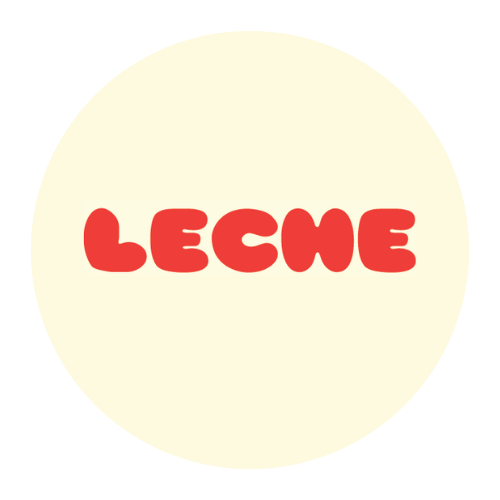In the US, infant formula is sold as a sort of one-size fits all product, regardless of whether your baby is one month, six months or eleven months old. In Europe, a more nuanced set of stages allows a parent to give their baby formula that will be a better fit to their current nutritional needs as they grow from a newborn to a one year old and beyond. There are four stages to most major European formula brands. Here we will break them down a bit for easier understanding.
Pre/Stage 1: Pre is often used for infants as a supplement when they are also being breast fed, and brands such as Holle™ and HiPP™ use lactose as a carbohydrates source as it is easier to digest, however when parents see that their little one isn’t satiated for as long as they used to be, many make the switch to Stage 1, which contains ‘slower burning’ carbohydrates, such as starch or maltodextrin. These stages last from newborn to six months old, and include more calories to help meet the needs of a growing infant. Several brands also include additional ALA, DHA, omega-6, omega-3, prebiotics and probiotics to their stage one formulas. Stage 1 is designed for exclusive formula feeding, though can also be used as a supplemental formula.
Stage 2: This stage is designed for babies aged six months and older. Many families choose to stay with Stage 1, though little ones showing signs of not being satiated or are highly active with high caloric needs make the switch to stage 2 at six months of age. Stage 2 formulas are for infants aged 6-10 months of age. This stage contains more iron than prior stages, for the simple reason that babies need more iron at this age. Several brands also include additional ALA, DHA, omega-6, omega-3, prebiotics and probiotics to their stage two formulas.
Stage 3: These formulas are for babies aged 10 plus months. This stage often includes more starch or maltodextrin, which, again, are ‘slower burning’ carbohydrates, and are specifically formulated for babies and their growing need for higher caloric formula. By this point, babies are no longer getting all of their nutritional needs through formula, though still need the specific nutritional requirements of an older baby. Many parents use stage 3 as long as the baby is interested in formula, never changing to stage 4, especially if this is used as a supplement to solid food. And similar to stage 1 and stage 2 formulas, several brands also include additional ALA, DHA, omega-6, omega-3, prebiotics and probiotics to their stage three formulas.
Stage 4: Stage 4 formulas are the equivalent of toddler milks. The majority of the caloric needs of your toddler are met with solid foods. This is intended as a supplement to regular meals and breast milk, and to ensure that there are no nutritional gaps in your child’s diet. Several brands, such as HiPP™, also include additional ALA, DHA, omega-6, omega-3, prebiotics and probiotics to their stage four formulas.
For specific nutritional information for each product, please consult the 'Nutrition Information' tabs, which show more specifically what each formula offers at each stage. This is often an easier way to understand both what is and what isn’t in each of these stages. It can seem overwhelming at times, picking the right formula for your little one. We’re here to help! An informed parent is our goal. Let us know if you have any questions.

